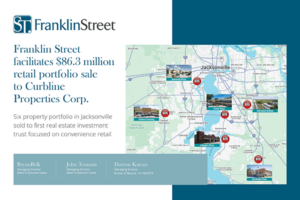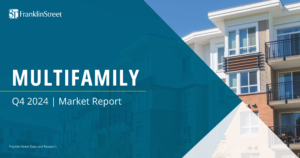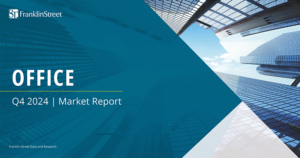The way you get to work could stand in the way of getting more work-places in Tampa Bay.
A lack of transportation options limits growth, panelists said at the Oct. 14 Tampa Bay Business Journal panel discussions on the future of construction and development in Tampa Bay.
Businesses need to be located in places where people – including the up-and-coming Millennial workforce – want to live, and multiple ways of getting around are part of what makes an attractive community, the panelists said.
“It’s my personal view that transportation is our one weak spot, our Achilles’ hell,” said Andrew Wright, CEO and managing partner, Franklin Street, the company chosen by Tampa Bay Lightning Owner Jeff Vinik to oversee the leasing and management of Channelside Bay Plaza.
John Ryan, CEO, Metro Development Group, agreed. “Tampa has a lot going for it. If you want to pinpoint one of its faults it would be transportation,” Ryan said.
Facing a Nov. 4 vote on Greenlight Pinellas – the referendum authorizing a penny sales tax to improve Pinellas County’s bus system and eventually add light rail – and four years after Hillsborough County voters turned down a similar referendum, Wright and other panelists zeroed in on the area’s transit shortcomings. Voter apathy – a problem exacerbated by mid-term elections without a major national race – threatens to slow momentum on what the developers see as a critical need to get moving on transit issues.
“It’s talked about a lot in political circles, but that’s not in my mind where you draw the pressure. It’s in the community coming together, making it a focus sending emails, attending meetings,” Wright said. “There’s no one way to fix it. It’s a complicated deep issue that’s not going to get fixed overnight. It does cost a lot of money so it’s politically toxic in some ways. No one wants to be the one drumming up federal, state tax funding, but there’s a return on that.”
Attracting corporate headquarters
In almost every conversation Wright has with someone outside the market about the sale of developments here, “they want to understand how we are moving people around,” he said. “Look at us compared to cities like Boston, Charlotte, we’re far behind int erms of our transit options and it is a limiting factor.”
By and large, Tampa has been primarily automobile-based, said Dan Woodward, vice president of the Tampa division of Highwood Properties.
And while many Tampa commuters complain about traffic, congestion here isn’t bad compared to other areas and commuters haven’t yet reached a “pain threshold,” Woodward said.
“Until you can put somebody on a bus, train, automated vehicle, until somebody sees they can get that vehicle and pass people sitting in their cars and get where they are going before all the cards do, it’s going to increasingly be a difficult sell,” Woodward said.
Quality of life becomes an issue when a city has traffic congestion and hour-long commutes, said Eric Keen, vice chairman, HDR Engineering Inc. That’s why many communities are putting ordinances in place to foster mixed-used development, crating live-work-play neighborhoods, and supplementing them with transit options, often streetcars that circulate in limited geographic areas and appeal to a Millennial workforce.
“It creates a very livable community and as a result, we’re seeing those communities revitalize themselves. By building such initiatives, they are places where people want to live and work and they are attracting corporate headquarters as a result,” Keen said.
Tampa already is seeing an urbanization trend, said Santosh Govindaraju, portfolio manager, Convergent Capital Partners LLC. “How can we take the cities, like Tampa, St. Pete and Clearwater, and invest in the smaller modes first, to show that our cities can be live, work, play areas where you don’t need a car? Once you validate that, then you can invest those same plans in Westchase, New Tampa, Countryside and connect the dots.”
Leap of faith
Just as a contractor needs a master plan for a house, a community needs a master plan for a transit system, Ryan said.
“You can’t have just bus or rail. You want all possible facets of transportation,” Ryan said. “You can’t have just bus or rail. You want all possible facets of transportation,” Ryan said. “You set up a plan – whether it’s a 10-year, 30-year plan – and you tackle what you tackle, some part of the plan. I don’t think you say one’s better than another, you need it all.”
A comprehensive solution requries money, said Lee Nelson, a partner at Shutts & Bowen and moderator of the developers’ discussion. That’s where the public sector and public funding comes in, said Woodward and Ryan.
It does cost money, agreed Wright, but he said there’s a return on the investment, citing the interstate highway system, which has been vital to commerce and trade and the nation’s ability to grow.
“It takes a leap of faith up front, but if you are able to do that, the economic acitivity is substantial and exponential,” Wright said. “Until we get a comprehensive solution on a multitude of options, it will continue to be the thorn in our side that prevents us from realizing our full potential.” View PDF



